Clown pleco - Panaque maccus
Scientific name: Panaque maccus
Common name: Clown pleco
Family: Loricariidae
Usual size in fish tanks: 6 - 8 cm (2.36 - 3.15 inch)
014
Recommended pH range: 6.6 - 7.8
Recommended water hardness: 4 - 18°N (71.43 - 321.43ppm)
0°C 32°F30°C 86°F
Recommended temperature range: 24 - 28 °C (75.2 - 82.4°F)
The way how these fish reproduce: Spawning
Where the species comes from: Central America
Temperament to its own species: peaceful
Temperament toward other fish species: peaceful
Usual place in the tank: Bottom levels
Food and Feeding
The Clown Pleco is primarily an herbivore, with a strong preference for algae and plant matter. In the aquarium, they will naturally graze on algae growing on surfaces like rocks, driftwood, and tank walls. To ensure they receive a balanced diet, supplement their natural algae consumption with high-quality sinking algae wafers or pellets. Additionally, blanched vegetables such as zucchini, cucumber, and spinach can be offered as occasional treats.
One unique dietary requirement of Clown Plecos is their need to consume wood. They should have access to driftwood in the aquarium, which they will chew on to aid digestion and provide essential dietary fiber. The wood also helps them break down cellulose in their diet. Including a piece of driftwood in their habitat is crucial for their long-term health and well-being.
Sexing
Sexing Clown Plecos can be challenging, especially when they are young. However, once they reach maturity, distinct physical differences can help identify males and females. Mature males develop jagged, bristle-like points along the edges of their back and head, giving them a more rugged appearance. Females, on the other hand, tend to have a rounder, plumper body shape, particularly noticeable in the belly area. This fuller body shape is most evident when females are carrying eggs.
Breeding
Breeding Clown Plecos in captivity can be a rewarding experience for aquarists. To encourage spawning, it's essential to condition the breeding pair by offering a varied diet that includes protein-rich foods like dried bloodworms, along with their regular herbivorous fare. Slightly raising the water temperature to around 27-29°C (80-84°F) can also help stimulate breeding behavior.
The female will seek out a suitable cave or crevice within the aquarium to lay her eggs. Providing narrow, tubular caves or pieces of driftwood with small openings can help create an ideal breeding site. After the female deposits her eggs inside the cave, the male will guard and tend to them, ensuring they are protected from potential threats. The eggs typically hatch within 5-7 days, depending on the temperature and water conditions.
Once the fry are free-swimming, they can be fed newly hatched brine shrimp and finely crushed algae wafers. It's also important to ensure that the fry have access to algae and small pieces of driftwood in the tank, as they require wood in their diet from an early age to support proper digestion and growth.
Lifespan
The Clown Pleco is a relatively long-lived species, with an expected lifespan of 10-12 years when provided with optimal care. Maintaining a stable environment, a proper diet, and regular tank maintenance will contribute to their longevity.
Origin
Clown Plecos are native to the freshwater rivers and tributaries of South America, particularly in Colombia and Venezuela. They are commonly found in areas with abundant driftwood, submerged roots, and vegetation. In their natural habitat, they graze on algae and biofilm found on submerged surfaces, including fallen logs and branches.
Tank Setup and Environment
To replicate their natural environment, provide a well-planted aquarium with plenty of hiding spots created using rocks, driftwood, and caves. Driftwood is essential not only for their diet but also as a place for them to hide and feel secure. A sandy or fine gravel substrate will help prevent injury to their delicate barbels as they sift through the substrate in search of food.
While Clown Plecos are tolerant of various water conditions, they prefer slightly acidic to neutral water with a pH range of 6.6-7.5. The water temperature should be maintained between 24-28°C (75-82°F). Although they are hardy fish, any changes in water parameters should be made gradually to avoid stress. Regular water changes and efficient filtration are necessary to keep the tank environment clean and healthy.
Short Description
The Clown Pleco (Panaque maccus) is a peaceful and relatively small species of pleco, making it an excellent choice for community aquariums. Unlike larger pleco species, Clown Plecos typically grow to a manageable size of 6-8 cm (2.36-3.15 inch). Their distinctive striped pattern and manageable size make them a popular choice among aquarists. They are nocturnal by nature and prefer subdued lighting, often hiding during the day and becoming more active at night. Despite their peaceful temperament, they are best kept with other non-aggressive fish species.
Pictures
Bought by aqua-fish.net from jjphoto.dk.
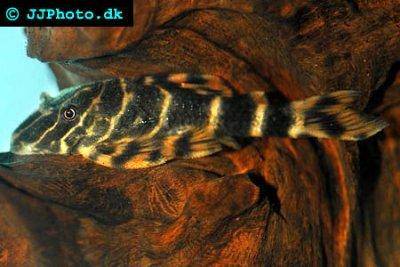




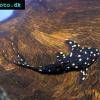 Adonis
Adonis  Lyre
Lyre 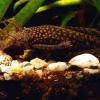 Bristlenose
Bristlenose 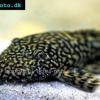 Gold
Gold  Bushymouth
Bushymouth  Spotted
Spotted  Medusa
Medusa 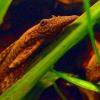 Bristlenose
Bristlenose 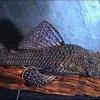 Starlight
Starlight 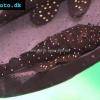 Spotted
Spotted  Catfish
Catfish  Bushynose
Bushynose 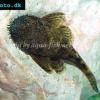 Bristlenose
Bristlenose  Green
Green 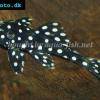 LDA-33
LDA-33 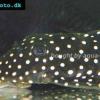 Snowflake
Snowflake 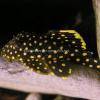 Gold
Gold 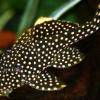 Gold
Gold  Bulldog
Bulldog  Dasyloricaria
Dasyloricaria 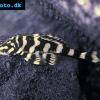 Butterfly
Butterfly 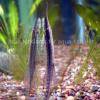 Whiptail
Whiptail 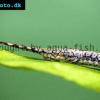 Amazon
Amazon  Twig
Twig 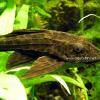 Spotted
Spotted 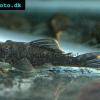 Spotted
Spotted 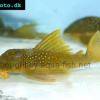 Lemon
Lemon 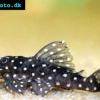 Pleco
Pleco 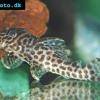 Peruvian
Peruvian 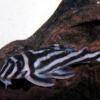 Zebra
Zebra 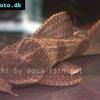 Pleco
Pleco 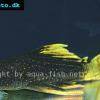 Hypostomus
Hypostomus 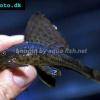 Pleco
Pleco 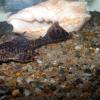 Suckermouth
Suckermouth  Spotted
Spotted  Woodeating
Woodeating 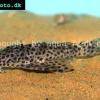 Golden
Golden  Sultan
Sultan 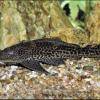 Multiradiatus
Multiradiatus  Marbled
Marbled 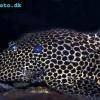 Pleco
Pleco 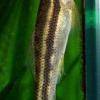 Dwarf
Dwarf 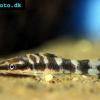 Dwarf
Dwarf 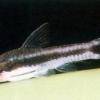 Dwarf
Dwarf 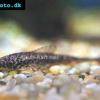 Oxyropsis
Oxyropsis 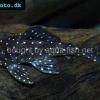 Orange
Orange 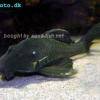 Blue
Blue 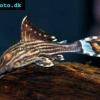 Royal
Royal 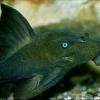 Blue
Blue 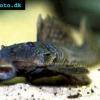 Rubber
Rubber  Goby
Goby 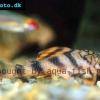 Wormline
Wormline  Para
Para  Tiger
Tiger 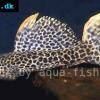 Leopard
Leopard 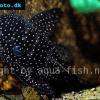 Spiny
Spiny 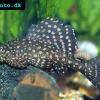 Marbled
Marbled 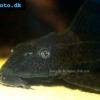 Amazon
Amazon  Common
Common 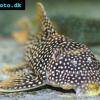 Sunshine
Sunshine 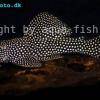 Golden
Golden